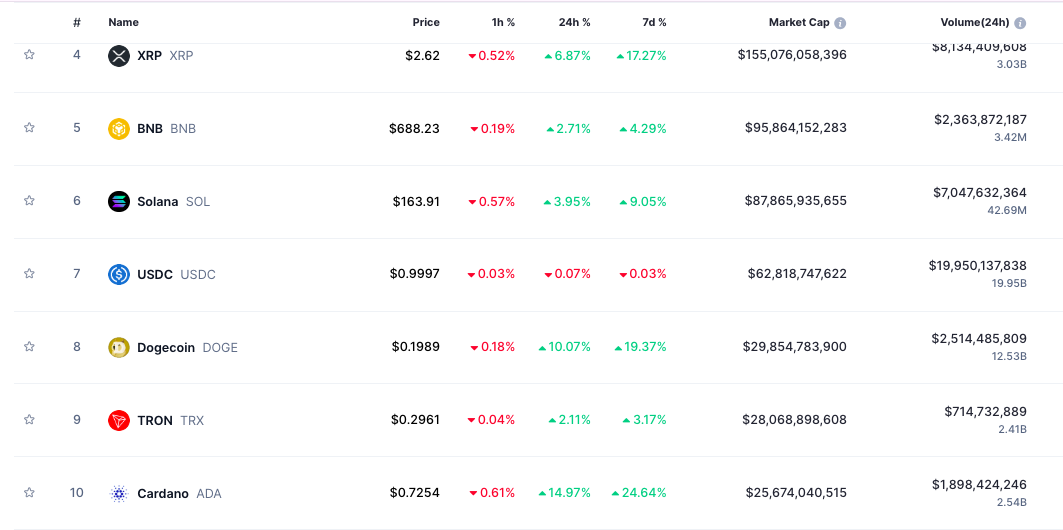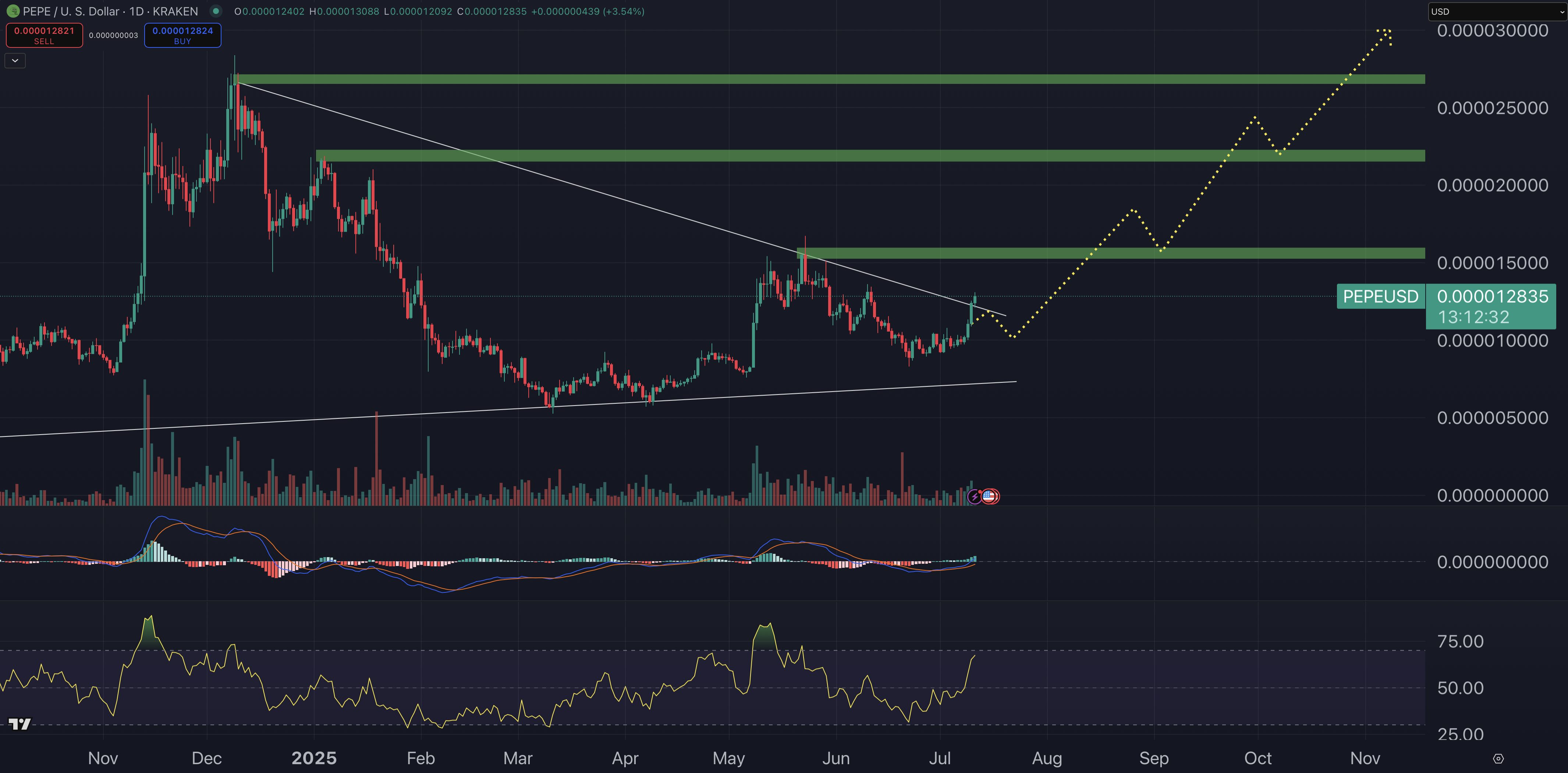Despite commonly held beliefs that business transformation is about technology, our research shows that it’s all about people. And building the organization of the future requires a very different model of skills than you may think. Here are the lessons we learned from “pacesetters.”
Inflation, hybrid work, widespread labor shortages and the complete reinvention of technology and computing through AI are causing every company to transform, and HR is at the helm to facilitate the change. According to Accenture, the best CHROs now function as chief “growth executives.” At the same time, CEOs are pessimistic about their companies’ ability to find the right skills and talent for the future. PwC’s CEO study showed that 40% of CEOs don’t believe their company will exist in 10 years, with 52% citing skills shortages as a significant barrier to profitability—the third-highest challenge, after changing customer expectations and regulatory changes.
Skills requirements are rapidly changing
Industry reinvention is taking place across the board. Companies in various sectors are merging with others, leading to transformations in jobs, skills and organizational structures. For instance, Walmart is venturing into healthcare and financial services, Chevron is shifting towards solar and electric energy, Disney now offers streaming services and Ford is expanding into electric propulsion, battery technology, software and data management. This rapid evolution creates a demand for new roles, skills and organizational solutions. How can HR support this transition into an uncertain future?
Falling in love with the problem
Rather than adopting isolated solutions such as implementing a new campus recruitment program, enhancing onboarding processes or improving performance management, the best organizations focus on identifying the core problem they need to address. They collect and analyze data to quantify the issue and then design cross-functional solutions to bridge skills or capacity gaps.
For example, banks face significant gaps in digital and technology skills, consumer packaged goods (CPG) companies lack data analytics and research expertise, and healthcare organizations are grappling with a severe shortage of clinical professionals. None of these skill challenges can be solved through recruiting alone; they require a systemic approach that combines strategic recruitment, talent retention, internal reskilling and work/job redesign to make processes more efficient and less labor-intensive—all centered on solving the right problem.
See also: Here’s how leading-edge companies are redesigning for hybrid
The winning strategies of pacesetters
In our Global Workforce Intelligence (GWI) project, we identified “pacesetters,” the top 10% of companies in each industry. These organizations excel in financial performance, customer satisfaction, being a best place to work and overall company maturity levels. Pacesetters not only lead the industry today but also exponentially increase their lead, outpacing their competitors.
So, what sets pacesetters apart? Through our analysis of millions of data points and hundreds of interviews with CHROs, we have identified several winning strategies employed by these organizations:
1. Focus on organization design, accountability and goal systems that facilitate change and efficiency in tandem.
Amid changing customer expectations triggered by the pandemic, companies must be prepared to respond to the demand for digital, convenient, and sustainable products and services. Pacesetters anticipated these shifts and designed their organizations accordingly. For instance, Singapore-based DBS operates more like a FinTech organization, adopting an agile approach and employing a higher number of technologists while reducing the need for mid-office roles. In healthcare, Providence and Stanford Health allocate a higher percentage of their workforce to IT professionals and transformation staff, enabling clinicians to work at “top of license,” reducing stress and burnout, and improving retention and attraction of key clinical skills.
2. Invest in cutting-edge skills in technology, transformation and consultative HR, and constantly experiment with new approaches.
To thrive in the new operating landscape, pacesetters not only allocate more roles to technology and transformation but also prioritize the acquisition of specific skills in these domains. For example, pacesetter banks have 1.4 times more digital and operational excellence skills and data analysis expertise compared to traditional banks. In healthcare, pacesetter organizations prioritize skills in data analytics, software implementation, machine learning and HR tech, and they have 5.2 times more Python development skills, 3.5 times more healthcare software implementation skills and 2.5 times more HR technology design skills, compared to their traditional peers. To develop digital skills and credentials for clinical professionals, Bon Secours Mercy provides a dedicated career pathway.
3. Continuously redesign jobs and employment models to adapt for the future.
The advent of AI and automation has impacted every job across industries. However, many organizations fail to allocate sufficient resources for the massive redesign to create a new reality. For example, healthcare faces a projected shortage of 2.1 million nurses by 2025, and more than 40% of this gap can only be addressed through redesign of work, reducing the need for so many nurses. Despite this, many large healthcare organizations have hundreds of recruiters compared to a handful of transformation consultants working on redesign. Pacesetter CPG company Whirlpool focuses on product sustainability by redesigning production lines to create high-performance goods and services that are environmentally friendly and benefit people and the planet.
4. Constantly transform to avoid the need for massive transformations.
The traditional model of transformation—where companies prepare everyone for a large-scale change, pull people through it and then stabilize—is no longer viable. Change occurs rapidly and disruptively, making it unpredictable. Pacesetters understand this and engage in continuous transformation, making incremental changes to respond to the market and stay ahead of it. For instance, Kaiser Permanente’s Innovation Center enables the healthcare giant to test changes in care delivery, clinical technology and facility layout before implementing drastic changes.
Pacesetters put skills insights into action to solve real business problems, now and in the future. They constantly evaluate skills, roles and organizational solutions; predict; anticipate change; and recalibrate their strategies accordingly. As a result, they set the stage for their industry peers, delighting customers and employees while achieving financial success.
For more, tune in to our upcoming webinar Skills in Action (11 a.m. PST June 28), learn about our GWI project and read our pacesetter report. Members of The Josh Bersin Company can access industry studies, collections, reports, tools, case studies and advisory sessions on these topics, including our upcoming definitive guide to adaptive organizations. The latest Josh Bersin Academy program, “Career and Talent Mobility,” is full of examples and guidance on building key workforce skills for the future.
Credit: Source link











